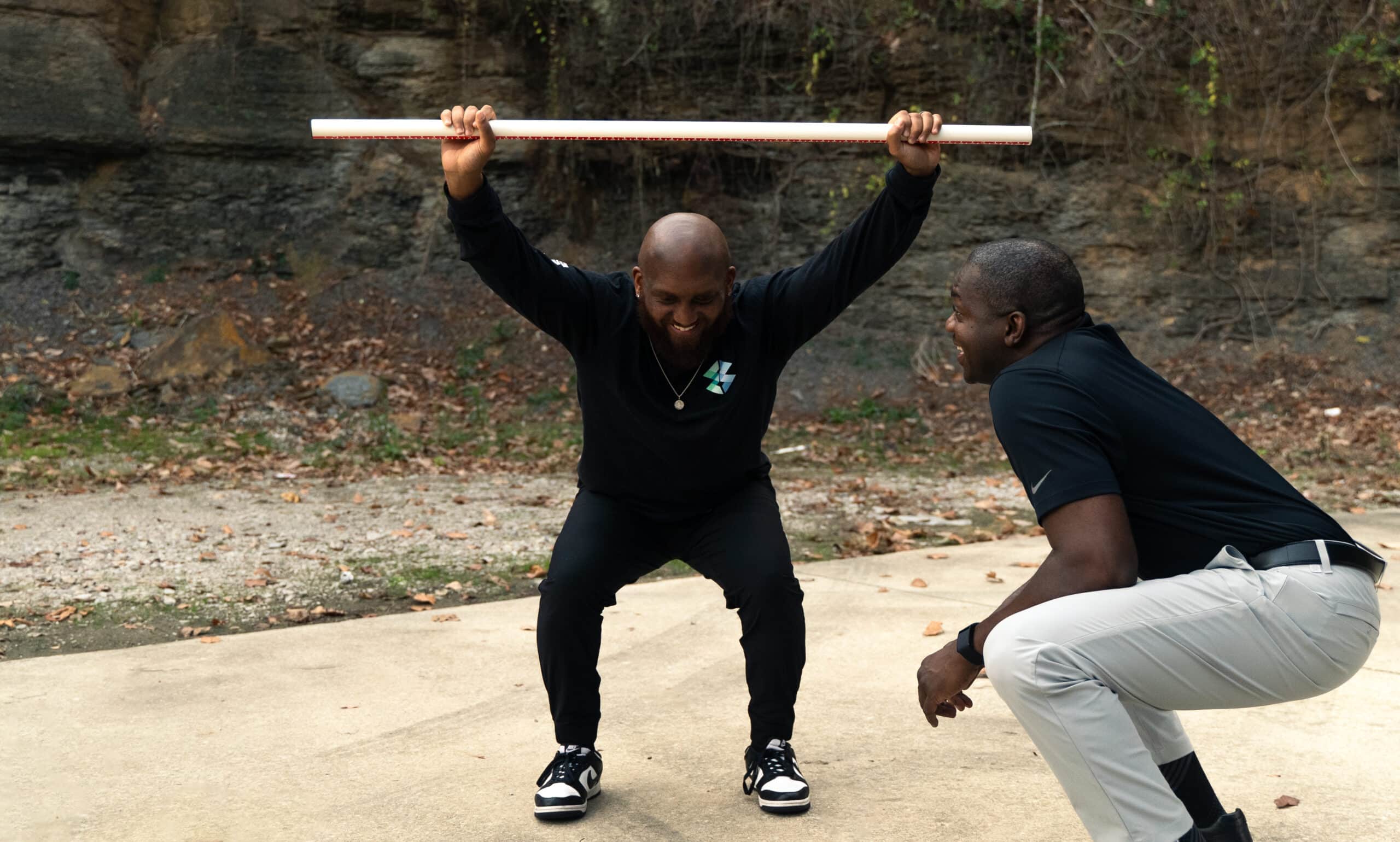Think about the last time you made a big purchase, say $1,000 or more. Did you go out and buy the first thing you saw? Take one recommendation from somebody? Or did you research it, learn some things, compare it to other options, and select something that was right for you? Most people tend to be educated and research large purchases like cars, televisions, or the newest iPhone. So why do we so often fail to do this with healthcare? By becoming more educated healthcare consumers we can go from passive patients who take the first recommendation that comes from a practitioner to an active consumer who weighs options and makes choices. Here are some questions to talk through with your practitioner the next time a healthcare decision comes up.
What are the benefits or expected results?
When a treatment or procedure is recommended, the patient often assumes that it will make them “better.” But what the patient expects and what the healthcare provider expects are often two different things. For example, a patient having back surgery expects to be pain free after surgery. The surgeon probably doesn’t expect that to happen. Outcomes from back surgeries are terrible. A large study of 1450 patients in the Ohio worker’s comp system showed that after 2 years 26% of patients who had surgery returned to work. Compare that to 67% of patients who didn’t have surgery. There was also a 41% increase in the use of painkillers in the surgical group.
What are the risks and downsides?
Patients want to hear about the benefits of a treatment, but they often don’t ask or care about the risks. To be an educated consumer, you need to. If one treatment has a 3% edge over another, but has a high risk of making you itchy or causing frequent headaches, do you want it? Going back to the back surgery study from before, the researchers found a 1 in 4 chance of a repeat surgery and a 1 in 3 chance of a major complication. With surgery you risk infection, blood clots, complications with anesthesia, and a whole host of other things. These risks need to be compared with other treatments. In the case of back pain, physical therapy is a valid alternative with a much lower risk profile. You might have some soreness with physical therapy, you might sweat some and be challenged with exercise, but the risks of PT compared to surgery are minimal.
What are the alternatives?
Don’t feel bad asking about alternative treatments. If you were looking at a certain car you wouldn’t go out and just buy it. You’d at least consider the competitors and probably even test drive them. You should at least look at the other options in healthcare too. Maybe the first recommendation that your practitioner makes is the right one for you, but if you don’t consider the alternatives you’ll never really know.
Why this treatment over the other ones?
This is the question where the rubber meets the road. You’ve learned about all the options, now you can see if your practitioner is balancing the risks and benefits to make the right choice for you. Staying with the back pain example, research shows that more than 40% of people who seek care for back pain will not receive a treatment of known effectiveness. Back pain is also the #1 reason for opioid prescriptions, despite a 2016 recommendation from the CDC to avoid prescribing opioids for back pain, and opt for non-drug treatments like physical therapy. By asking for the rationale and carefully weighing options, you can avoid being one of the people who gets an ineffective treatment.
What’s it cost?
This last question is becoming more important as patients bear an increasing share of the cost of healthcare. Even if you don’t have a high deductible plan or hefty co-pays, by being financially responsible today, you’ll probably see smaller price increases in your premiums down the road. That back surgery that we’ve been talking about? It’ll likely cost between $60,000 and $80,000. So if we put the whole picture together, a patient who takes the first recommendation for surgery will have a $60,000 procedure that leads to a higher risk of disability, and a higher risk of long term painkiller use, while risking infection, and blood clots. Don’t forget the 25% chance that you’ll get to do it all again in a repeat surgery. Seems like a bad deal. An educated consumer would learn that physical therapy is a viable alternative to surgery with comparable outcomes, much less risk and lower cost. In fact, a large study of 122,723 subjects showed that people with back pain who got physical therapy in the first 14 days lowered their healthcare costs by 60%. It’s easy to see why bargain shoppers love PT!





